order

Coleoptera
“Adult Beetles”

Coleoptera
“Larval Beetles”

Diptera
“True Flies”

Ephemeroptera
“Mayflies”

Hemiptera
“True Bugs”

Lepidoptera
“Aquatic Caterpillars, Snout Moths”

Megaloptera
“Alderflies, Dobsonflies, and Fishflies”

Odonata
“Dragonflies and Damselflies”

Plecoptera
“Stoneflies”

Trichoptera
“Caddisflies”
family
Perlidae
Neoperla
“Common Stoneflies”
Genus Overview
Of the 15 species of Neoperla, only one detailed study of the biology of Neoperla clymene in Texas has not been studied. The larvae tend to be more in the open gravel beds compared to leafpacks. This predator can be separated from others in the family by the two ocelli on the head and a transverse elevated ridge.
Characteristics
POLLUTION TOLERANCE
Southeast: 1.6
Upper Midwest: 1
Midwest: 3.1
0 = least tolerant, 10 = most tolerant
FEEDING HABITS
Engulfer / Predator
MOVEMENT
Clinger
DISTRIBUTION
Widespread (east of the Rocky Mtns.)
HABITAT
Lotic-erosional
Diagnostic Characters
Order
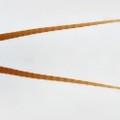
Two Tails
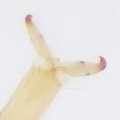
Two Tarsal Claws
Family
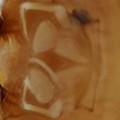
Glossae Shorter Than Paraglossae
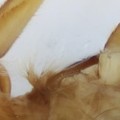
Thoracic Gills
Genus
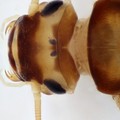
Occipital Ridge
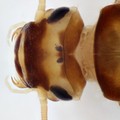
Two Ocelli
+ Expanded Character List
Order:
Wings developing in wing pads. Mouthparts suitable for chewing. Gills digitiform and located near mouthparts, on neck, sides of thorax, or underside of base of abdomen, never on top or sides of abdomen. Two tarsal claws per leg. Only two tails (cerci).
Family:
Glossae much shorter than the paraglossae. Multi-branched, filamentous gills present laterally and ventrally on thorax, but not on abdomen.
Genus:
Two ocelli, Occiciptal ridge present
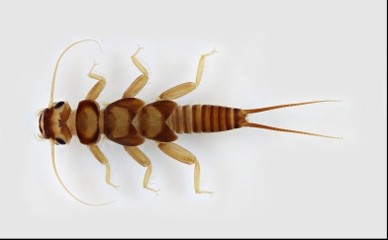
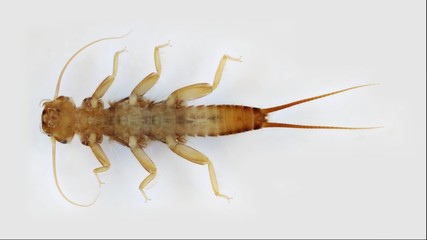
Dorsal
Ventral



